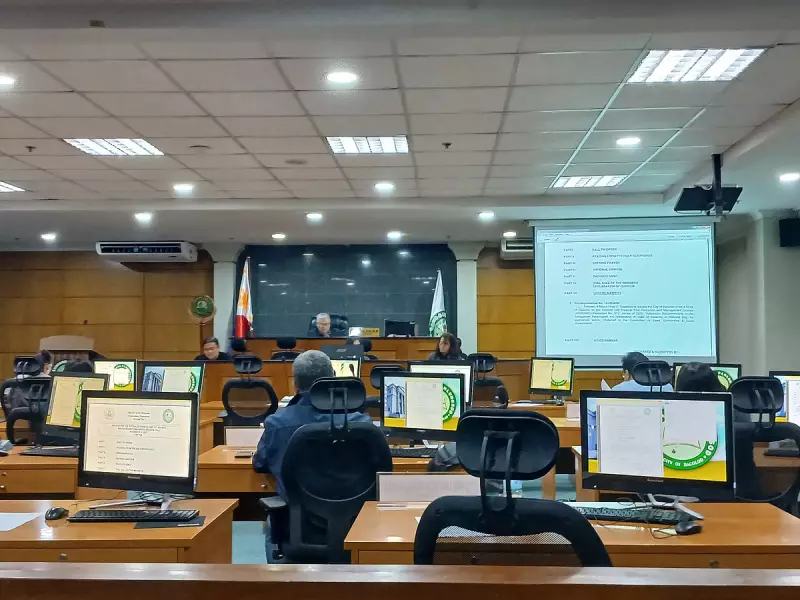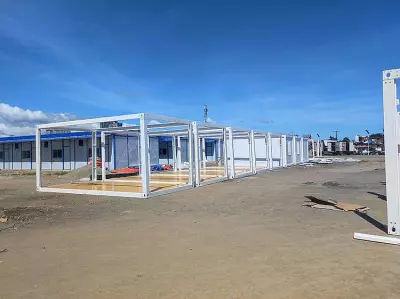
BACOLOD CITY - The provinces of Negros Occidental and Bacolod City have been officially placed under a state of calamity following devastating floods that submerged numerous areas and displaced thousands of residents.
The declaration came during separate emergency sessions on Tuesday, as local government units responded to the widespread damage caused by continuous heavy rainfall.
Widespread Impact Across the Region
According to the Provincial Disaster Management Program Division, the flooding has affected a staggering 64,839 families across 23 local government units in Negros Occidental alone. The disaster has left communities struggling with submerged homes, damaged infrastructure, and disrupted livelihoods.
In Bacolod City, the situation remains critical with several barangays still experiencing floodwaters. City Disaster Risk Management Office head Dr. Anna Maria Laarni P. Zornosa reported that 13 barangays continue to grapple with flooding, affecting numerous families who have either evacuated or remain stranded in their homes.
Agricultural Sector Suffers Major Blow
The agricultural sector has borne significant brunt of the natural disaster. Preliminary reports indicate substantial damage to rice fields, livestock, and fisheries throughout Negros Occidental. Farmers are facing massive losses as floodwaters destroyed crops and submerged farmlands.
Local officials are particularly concerned about the long-term impact on food security and the provincial economy, given the region's reliance on agricultural production.
Emergency Response and Relief Operations
Emergency response teams have been deployed across affected areas, conducting rescue operations and providing immediate assistance to displaced families. Temporary evacuation centers have been established to shelter those forced to leave their homes.
The state of calamity declaration enables local government units to access quick response funds and implement price controls on essential commodities, preventing profiteering during the crisis.
Ongoing Monitoring and Assessment
Disaster management officials continue to monitor the situation closely, with weather advisories remaining in effect. Assessment teams are documenting the full extent of damage to infrastructure, agriculture, and private properties to determine the appropriate rehabilitation measures.
Residents in low-lying and flood-prone areas are advised to remain vigilant and cooperate with local authorities as the region works toward recovery and normalization.





